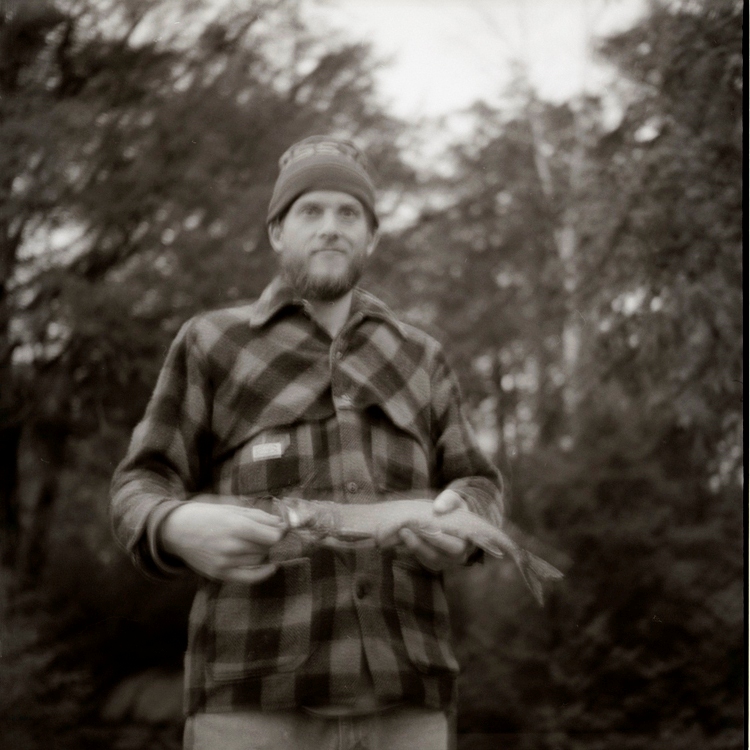Throughout 2007 Canadian art galleries and institutions spearheaded exhibitions and events in honour of craft professionals, and toward shining a brighter critical light on craft practices. The year culminated in the major three-day conference, NeoCraft, held in Halifax back in November. On January 19 2008, as a belated addition to Canada Craft Year, the Tom Thomson Art Gallery played host to the one-day symposium Making Matters: Sustainability and Craft Practices. Co-partnered with the Ontario Craft Council, and contemporary to a pair of its own craft-centred exhibitions (Makers Return and Craft Convergence) Making Matters participants explored the history and economics of craft production in and around Owen Sound since the late 1970s, unpacked the discourse surrounding the meaning and significance of the handmade object, and posed questions related to the environmental sustainability of craft practices. Below is the first of three or four summarizing accounts I'll be posting about the symposium.
Sandra Noble Goss, "A History of Makers"
The first speaker was Owen Sound jeweler and artist, Sandra Noble Goss. Today she runs Goss Design with her husband Andrew, but between August 1981 and January 1986 she was a founding member in the fabled and fated Makers group, a collective of jewelers and metal smiths, ceramic, wood and textile artists, painters and photographers who ran a gallery that sold original works of art and craft in downtown Owen Sound. Goss provided an historical account that, I think, serves as a case study of the universal challenges faced by any sincere, creative and critically-minded individual or group desiring to eke out a sincere, creative and critically-minded living in small-town Ontario in the early 1980s - or perhaps today, for that matter.
Makers started with 14 founding partners, each of whom forked over the initial investment money required to get the business off the ground. There were also 10 associates, members who exhibited and sold work in the gallery but did not carry the same degree of responsibility for gallery operations. Most were in their 20's and 30's, many with young families, and all were in the trial stage of kick-starting artistic careers. Most were also relative newcomers to Owen Sound, and lacked the sort of oligarchical and nepotic connections that could have given them a leg-up. They worked as a collective, trading volunteer hours bookkeeping, manning and cleaning the gallery, striking and mounting new solo exhibitions on a break-neck weekly schedule, hosting openings, composing membership newsletters and all the while making new work to show and sell. From Goss' description, the running attitude of the collective seems to have been a paradoxical combination of stubborn integrity and ad hoc practicality. None denied the enterprise would be a hard row to hoe, but the partners, all children of the post-Massey Report culture-revved Canada of the late-1960s, believed firmly that people have at least a latent appreciation for original works of art and craft - a latent appreciation that could be enlivened with enough exposure. One attempt to garner greater attention from the town was to mount a fish/fishing themed exhibition, Splash, during the annual salmon derby. Goss chuckled as she recalled how it was reasoned that the fishermen, or at least their wives, would surely be lured by the cross-marketing.
However, it didn't turn out this way. Not much did. The gallery never made money, volunteers began to burn-out in droves, and several of the original partners backed out, leaving 11 at the end. Added to all this was the economic climate of recession in the early-1980s; the harsh perception that art and craft are expendible luxuries coupled with the harsh reality that people in small town working class Ontario faced hard times and simply didn't have much disposable income. Goss ruminated that had Makers been able to hang on for another few years they may have benefited from the eventual economic upturn. As it stands the collective disbanded and the gallery disappeared in early 1986. Of all founding members, only two - Sandra and Andrew Goss - are still working in their Makers-era field.
On paper, Goss' account read like a confession of youthful naivety, a testament to absent acumen, a litany of heart-aching failures. But reflecting on the number of artists and craftspeople living and working in and around Owen Sound today - many of whom were associates in the gallery - I can't help but rationally reconstruct the Makers experiment as a huge unwieldy tree that, when it fell, nonetheless helped level the road to future artistic endeavours in the town. At the very least the demise of Makers helped ground its founders and forced them each and all to take a long and hard look at their personal priorities. But, more positively, spearheaded by the original DIY generation, Makers created a scene, and out from this a legacy of creative stickwithitness that continues to hum today. The Makers troupe faced challenges with tenacity (that it was sometimes consolidated sometimes divided matters little) and with a glorious abandon that speaks of resolve and committed belief. Much has changed in Owen Sound since the early 1980s, not the least being that the city was designated a "cultural capital" by the federal government in 2004 - a not unremarkable feat for this tough little Tory-blued/blue-collared port of under 25,000 people. I'm not sure who could have foreseen such recognition in 1981, but its very clear that Makers played an important role in establishing the conditions that make it a reality today.
Sunday, January 20, 2008
Subscribe to:
Post Comments (Atom)

No comments:
Post a Comment